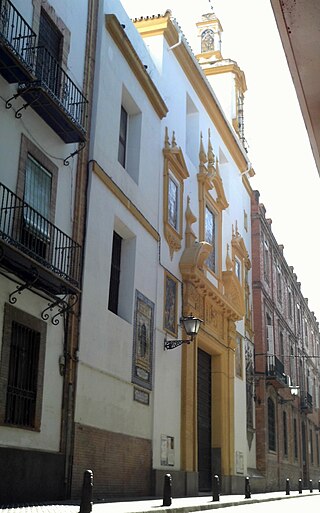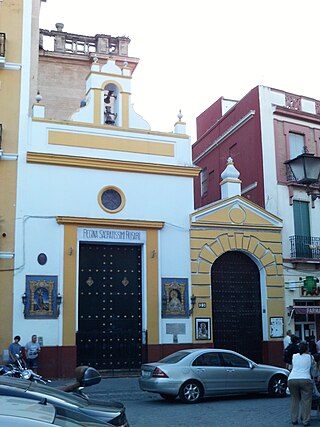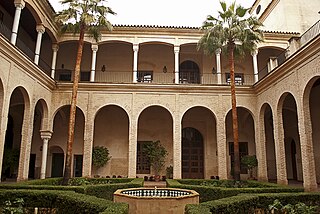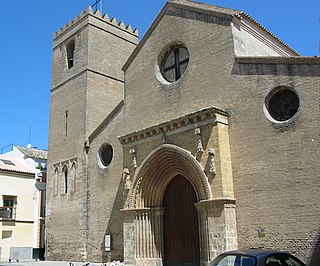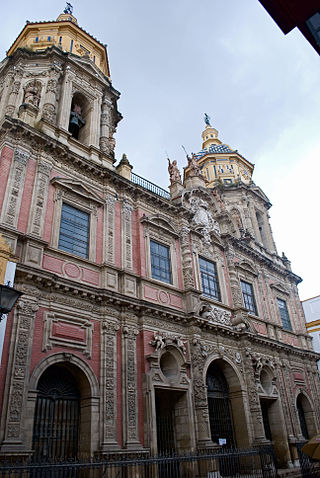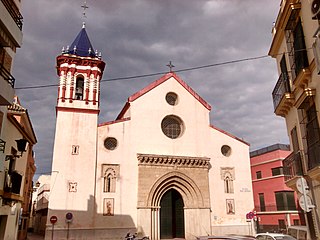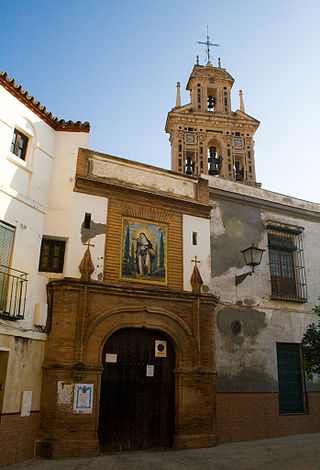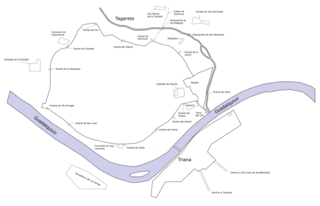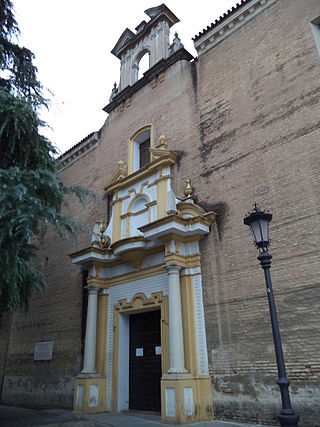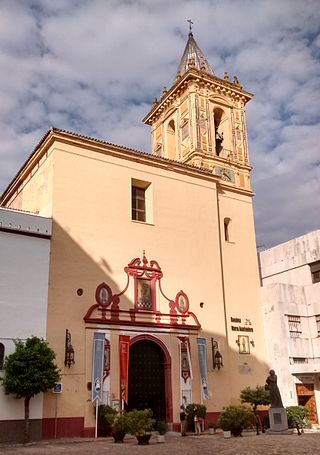Self-guided Sightseeing Tour #7 in Seville, Spain
Legend
Guided Free Walking Tours
Book free guided walking tours in Seville.
Guided Sightseeing Tours
Book guided sightseeing tours and activities in Seville.
Tour Facts
4.5 km
43 m
Experience Seville in Spain in a whole new way with our free self-guided sightseeing tour. This site not only offers you practical information and insider tips, but also a rich variety of activities and sights you shouldn't miss. Whether you love art and culture, want to explore historical sites or simply want to experience the vibrant atmosphere of a lively city - you'll find everything you need for your personal adventure here.
Activities in SevilleIndividual Sights in SevilleSight 1: Iglesia del Sagrado Corazón de Jesús
The Church of the Sacred Heart of Jesus is located in Seville. It was the church of the old Colegio de San Francisco de Paula, of the minimums, between the sixteenth century and the beginning of the nineteenth century. Since 1887 it has belonged to the Jesuits.
Wikipedia: Iglesia del Sagrado Corazón de Jesús (Sevilla) (ES)
Sight 2: Iglesia de San Martín
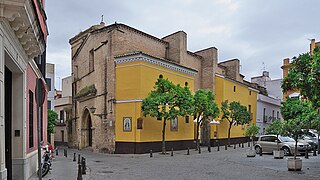
The Church of San Martín in Seville is one of the oldest temples in the city. It is the headquarters of the Brotherhood of the Lanzada.
Sight 3: Iglesia de San Juan de la Palma
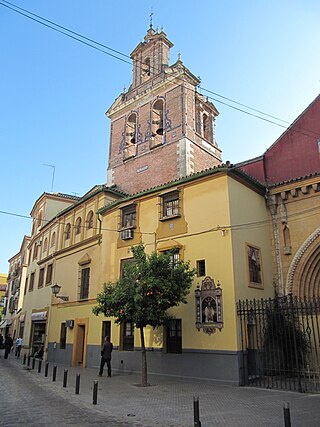
The Church of San Juan de la Palma, the name by which the Church of San Juan Bautista is commonly known, is located in the Old Town district of Seville.
Sight 4: Palacio de las Dueñas
Palacio de las Dueñas is a palace in Seville, Spain, currently belonging to the House of Alba. It was built in the late 15th century in the Renaissance style with Gothic and Moorish influences. The palace is one of the major historic homes of great architectural and artistic heritage in the city. The poet Antonio Machado was born here, as were Carlos Falcó, 5th Marquess of Griñón, and the Marquess of Castel-Moncayo. On October 5, 2011, Cayetana Fitz-James Stuart, 18th Duchess of Alba, married her third husband here. The palace became a national monument on June 3, 1931.
Sight 5: Capilla de Montesión
The Chapel of Our Lady of the Rosary, known as the Chapel of Monte-Sion, is a Roman Catholic church located on Calle Feria, Seville, Andalusia, Spain. It was built in a former Dominican convent. It is the canonical seat of the Brotherhood of Monte-Sion.
Sight 6: Palacio de los marqueses de la Algaba
The Palace of the Marquis of La Algaba is a historic building in the city of Seville, Andalusia, Spain. It is one of the best exponents of civil Mudejar architecture in the city. It houses the Mudéjar Art Center of Seville.
Sight 7: Iglesia de Santa Marina
The Church of Santa Marina is a Catholic parish in Seville. It is of Gothic-Mudejar architecture. It is one of the oldest churches in the city. Its construction dates back to around 1262. It is the canonical headquarters of the Brotherhood of the Holy Cross and the Holy Resurrection, which processions on Easter Sunday.
Sight 8: Iglesia de San Luis de los Franceses
The Church of Saint Louis of France, located in the historic district of Seville, Spain, represents an example of Baroque architecture in the 18th century. The church was designed by the architect Leonardo of Figueroa and constructed between 1699 and 1731 on behalf of the Jesuits. Following the expulsion of the Jesuits from Spain in 1835, it had different uses and was eventually deconsecrated. The building currently belongs to the Provincial Council of Seville.
Sight 9: Convento de Santa Isabel

The convent of Santa Isabel is a convent of the Congregation of Philippian Religious Daughters of Mary Sorrowful that is located at number 2 Hiniesta Street, giving its south façade to the Plaza Santa Isabel, in Seville. It is located in the historic centre of the city of Seville and very close to another of the great Sevillian convents, the Convent of Santa Paula.
Sight 10: Iglesia de San Marcos
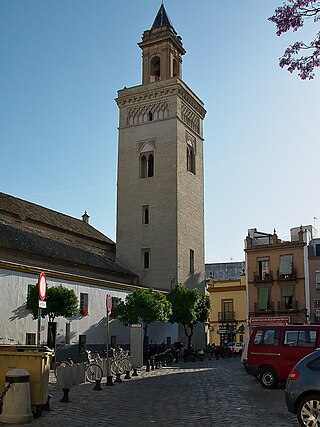
The church of San Marcos in Seville is located on San Luis Street, within the old town of the city, in what was its intramural area. It was built in the fourteenth century in Gothic-Mudejar style.
Sight 11: Monasterio Santa María del Socorro
The convent of Santa María del Socorro is located on Socorro Street in the San Julián neighborhood of Seville, Andalusia, Spain.
Sight 12: Iglesia de San Román
The church of San Román located in the square of the same name in Seville is one of the oldest temples in the city, dating back to 1356. It is part of the so-called Gothic-Mudejar churches.
Sight 13: Convento de Santa Paula
The Convent of Santa Paula is a monastic monastery in Seville of nuns of the Order of San Jerónimo, listed as a historical monument. It is located in the historic centre of the city, behind the parish of San Marcos and very close to another of the great Sevillian convents, that of Santa Isabel. In the past it had an extensive land, mainly occupied by its orchard.
Sight 14: Córdoba's Gate
The Puerta de Córdoba is one of the ancient gates of the wall of Seville in Andalusia, Spain, located in the current Ronda Histórica.
Sight 15: Iglesia de San Hermenegildo
The Church of San Hermenegildo in Seville is a seventeenth-century temple in the northern part of the walls, next to the Puerta de Córdoba. In it there is a room where it is said that San Hermenegildo suffered imprisonment.
Sight 16: Basílica de María Auxiliadora
The Basilica of Mary Help of Christians is located in Seville. It is from the seventeenth century. He belongs to the Salesians. The Archconfraternity of Mary Help of Christians Crowned and the Brotherhood of the Trinity have their headquarters there.
Share
How likely are you to recommend us?
Disclaimer Please be aware of your surroundings and do not enter private property. We are not liable for any damages that occur during the tours.
GPX-Download For navigation apps and GPS devices you can download the tour as a GPX file.
